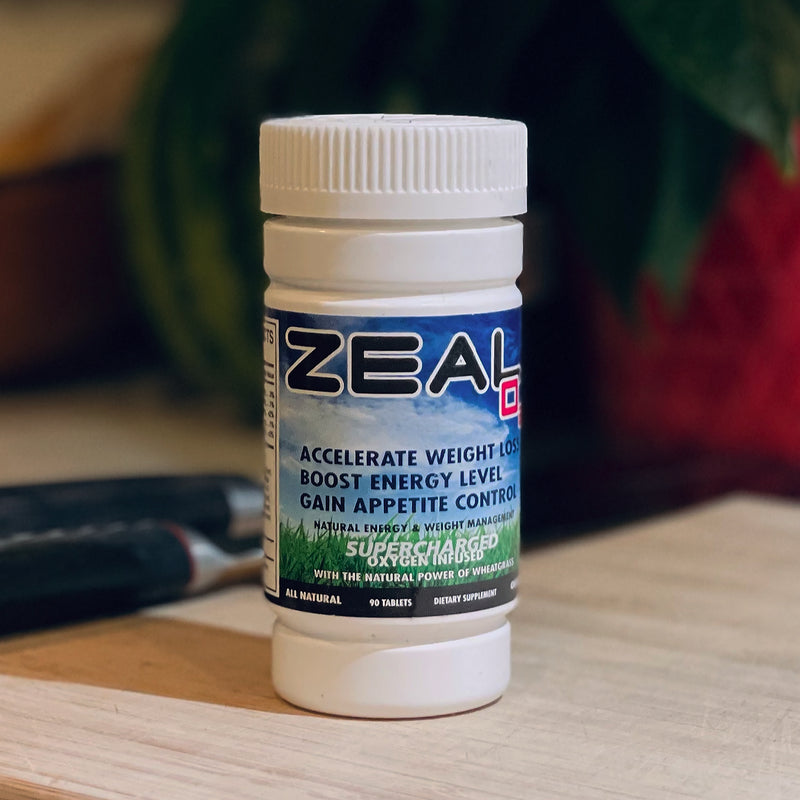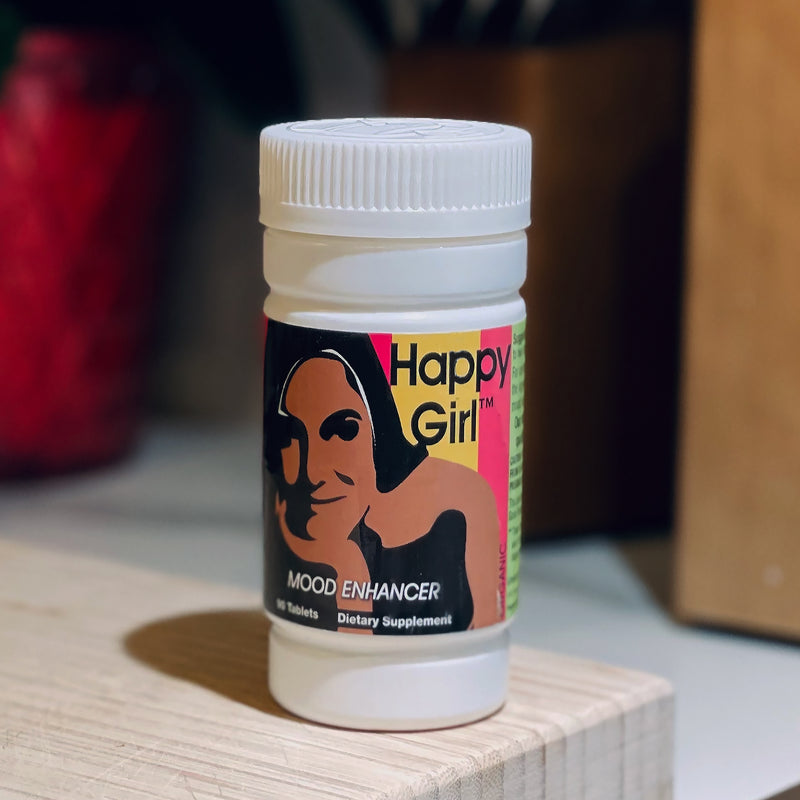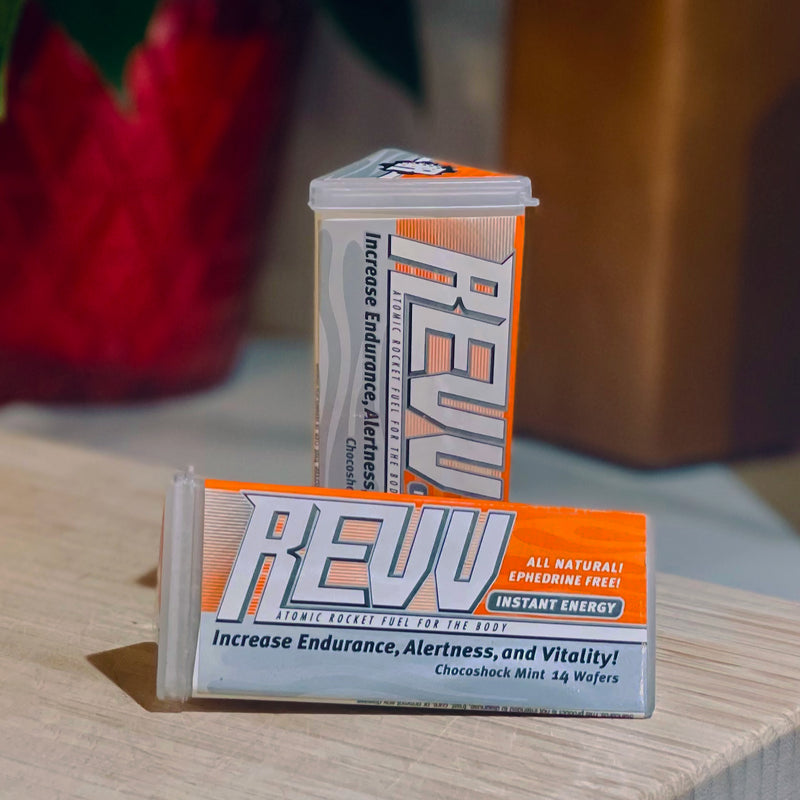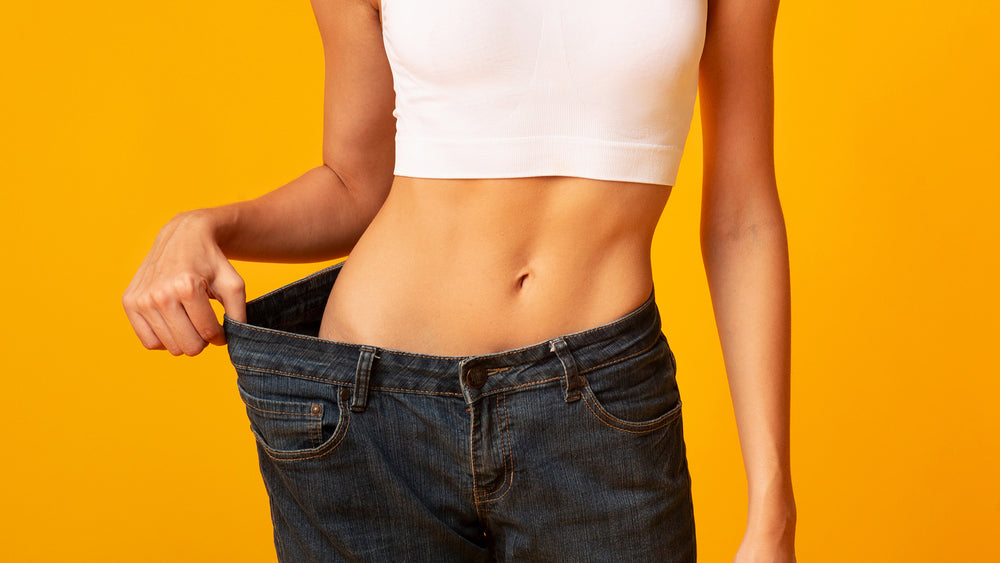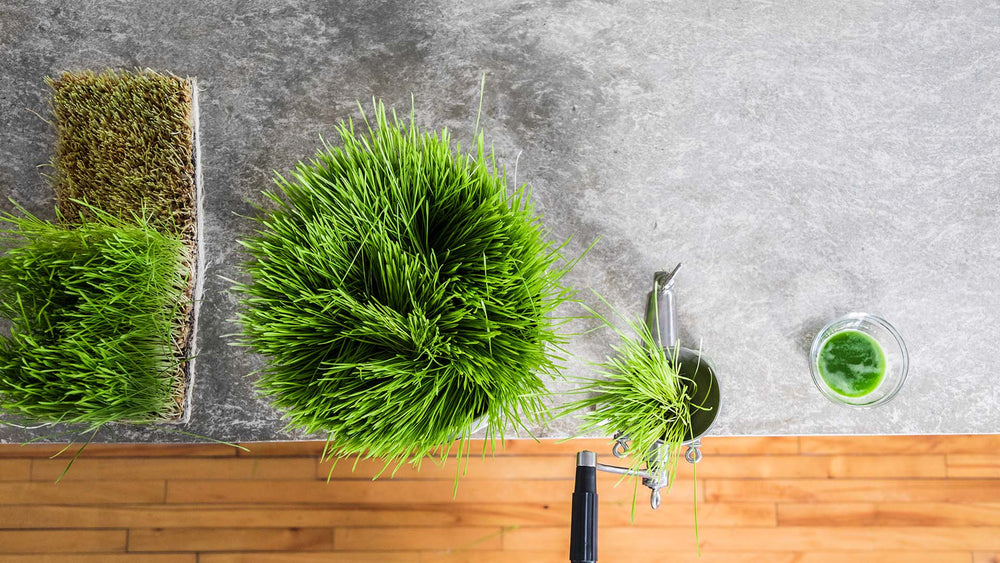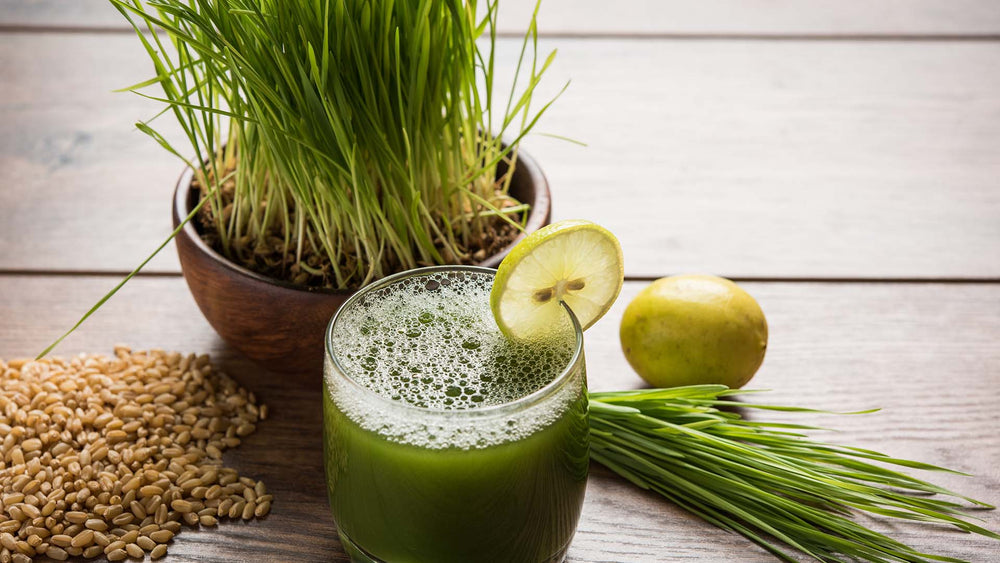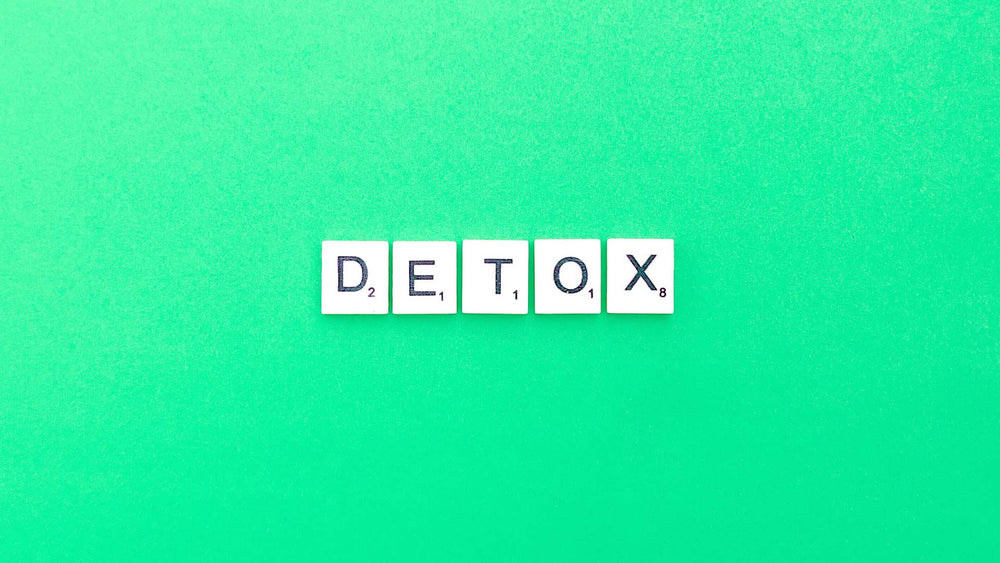Over 30% of Americans have high LDL or “bad” cholesterol. High cholesterol is caused by a variety of factors, including poor diet, obesity, genetics, smoking, lack of exercise and a waist circumference of 40 inches or more (for men) and 35 inches or more (for women). High cholesterol has no symptoms, and is detected through blood tests called a lipid panel or lipid profile.

Four Parts of a Lipid Panel Test for High Cholesterol
Low-Density Lipoprotein (LDL) Cholesterol – Commonly called bad cholesterol, it increases artery-clogging plaque. Too much plaque causes atherosclerosis. This may lead to stroke or heart attack if a clot forms and blocks a narrow artery. Anything under 129 mg/dL is considered good or near optimal, depending on preexisting health conditions. Between 129 mg/dL and 159 mg/dL is borderline high, and anything above 160 mg/dL is considered high.
High-Density Lipoprotein (HDL) Cholesterol – HDL cholesterol helps remove LDL cholesterol from arteries. It takes LDL cholesterol out of the arteries and back to the liver, which breaks it down and disposes of it. A healthy or high level of HDL cholesterol protects the body against heart attacks and strokes, while a low level increases the risk of heart disease. A test result of 60 mg/dL or above is best for HDL cholesterol, and below 40 mg/dL for men and 50 mg/dL for women is considered poor.
Triglycerides – a type of fat, triglycerides store excess energy from the foods you consume. A high triglyceride level in your blood leads to atherosclerosis if left untreated. Smoking, drinking too much alcohol, obesity and lack of exercise contribute to high triglycerides. Diet also makes a difference. Eating 60% or more of your calories from carbohydrates (breads, pastries, pasta, etc.) leads to high triglycerides. A result of below 150 mg/dL is considered desirable, 200 to 499 mg/dL is high and 500 mg/dL or above is very high.
Total Cholesterol – Your overall cholesterol number, including triglycerides, HDL and LDL cholesterol. A desirable TC level is 200 mg/dL or less, 201 mg/dL or above is borderline high and 240 mg/dL or above puts you at a great risk for stroke and heart disease.
Treatments to lower cholesterol include prescription drugs called statins and Therapeutic Lifestyle Changes (TLC) as recommended by the National Institute of Health. Statins have come under scrutiny for their side effects. A report issued by the FDA warns against potential memory loss, muscle damage and diabetes risk from the medication.

Statins and Side Effects
Statins are sold under the brand names Lipitor, Zocor, Crestol and Lescol. Nearly 28% of Americans age 40 or over took statin drugs in 2012, according to the CDC.
They have many common side effects. Many users report experiencing headaches, dizziness, insomnia, nausea, bloating and rash. Statins also have potentially dangerous side effects. Mysositis, an inflammation of the muscles increases the chance of muscle damage. The chance of mysositis is compounded if you take drugs called fibrates along with statins.

Diet and Therapeutic Lifestyle Changes
If you’ve been diagnosed with high cholesterol, you’ll need to address the underlying causes, which may include smoking, drinking too much alcohol and not getting enough exercise. Diet, however, remains the major factor in treating high cholesterol with Therapeutic Lifestyle Changes.

The average American diet, which is heavy on red meat, fried foods, creamy sauces, sugar and salty snacks, can send bad (LDL) cholesterol sky-high. High cholesterol leads to high blood pressure, strokes and heart disease. Eating the wrong food causes LDL cholesterol to rise, and changing your diet lowers bad cholesterol and reduce your chance of cardiovascular disease.
Never fear – you won’t be destined for a diet of apples and oatmeal from breakfast, lunch and dinner. You’ll have lots of different foods to choose from when you adjust your diet to combat cholesterol naturally. High-fiber foods are among the best cholesterol-lowering foods, and they include beans, peas, berries, nuts, seeds and fruits.
A study cited in the March 2006 American Journal of Clinical Nutrition examined the effects of dietary changes on lowering cholesterol. A group of 55 patients with high cholesterol began eating a diet rich in soy, fiber and almonds. At the end of the year-long study, 21 people lowered their cholesterol by 20%. Staying on the high-fiber, healthy diet made the difference in end of study cholesterol levels. Many people don’t have the motivation to eat better foods, and would rather take statins or other cholesterol medications despite the drawbacks. The expense and side effects of prescription drugs add up, so altering your diet is a health and money saving option – and it’s not that hard to do.
Reduce consumption of foods that boost bad “LDL” cholesterol and eat more foods raising HDL or good cholesterol. When you lower your cholesterol through diet, you have to work harder. It can be a chore to give up roasted chicken, shrimp, hamburgers and other favorite dishes, but the results will be well worth it. Check out these tasty cholesterol-lowering recipes to eat well and stay heart healthy.
The American Heart Association recommends using the following cooking tips for reduced cholesterol:
Meat and Poultry
- Eat white meat poultry instead of dark, and remove skin before cooking. Avoid eating high-fat duck and goose.
- Choose lean cuts of meat with minimal fat. Lean cuts include pork tenderloin or loin chop, beef loin, chuck, sirloin or round, and lamb cuts from the arm, loin and leg.
- Trim fat from meat before cooking.
- Broil lamb chops, pork chops, hamburger and steak instead of pan-frying.
- Baste with wine or an oil-based marinade instead of drippings to keep meat moist.
Baking
- Replace oil in muffin, cookie and cake recipes with puréed fruit (applesauce is a great substitute for oatmeal cookies and bananas work well in muffins or bread.
Vegetables
Cook vegetables with a little water and a small amount of olive oil or vegetable oil spray. Place in a covered skillet over low heat. For added taste and nutrition, sprinkle veggies with rosemary, dill, parsley, chives, basil or oregano.
Dairy
Use skim milk or fat-free milk instead of whole milk or cream in recipes. Other good options include low-fat cottage cheese, ricotta or mozzarella without much change in taste or consistency.

Foods with Strong Cholesterol-Lowering Properties
Soluble fiber stops your body from absorbing so much cholesterol. Consuming 5 to 10 grams of soluble fiber a day reduces LDL and overall cholesterol. A study conducted at Tulane Medical Center in New Orleans showed fiber in the diet lowered LDL cholesterol and may reduce the risk of coronary heart disease and cardiovascular disease.
Lower cholesterol through your diet with the same high-fiber foods that aid digestion. A diet rich in high-fiber, cholesterol-lowering foods has other health advantages, including weight loss and stabilizing blood sugar.

Oats
As a general rule, any food rich in fiber will lower LDL cholesterol. A bowl of hot oatmeal or Cheerios gives you up to two grams of soluble fiber in the morning. If you add fruit to your oatmeal or cereal, the soluble fiber total goes up by four grams. A University of Kentucky study found oats lower total cholesterol levels and reduce LDL (bad cholesterol) without affecting HDL (good cholesterol). By adding oat bran to their diet (with no other changes), study participants were able to reduce bad cholesterol by 20% in 11 days. Oatmeal has also been shown to reduce high blood pressure, diabetes 2, and provide compounds that lower hardening of the arteries.
Fight cholesterol quicker by using whole groats instead of regular oatmeal. Groats are oat kernels with the hull removed. They take longer to cook,(about an hour) and have a nuttier taste. They contain lots of soluble fiber, and a better amino acid balance than steel-cut or rolled oats.

Beans
Trying to lose weight? Beans are rich in soluble fiber and fill you up, making you eat less. And, naturally, all that fiber helps lower cholesterol. Beans are inexpensive, and you can buy them canned or dry. You can choose from navy beans, black beans, pinto beans, lima beans, lentils, kidney beans and many more. Cut down on cholesterol-causing saturated fats from meat by using beans to replace animal protein main dishes. Beans are low in sodium and rich in folate, calcium and magnesium.
Barley, quinoa and other whole grains lower cholesterol and reduce the chance of heart disease. Okra (3.2 grams per cup), eggplant, (2.5 grams per cup), broccoli (2.4 grams per cup) and Brussels Sprouts (3.3 grams per cup) are some high-fiber veggies to improve cholesterol. Here are some ideas on using beans, mushrooms and veggies as meat substitutes.

Fish with Omegas 3s
Eat more oily fish to lower cholesterol. Trout, halibut, sardines, albacore tuna and salmon are high in Omega 3 fatty acids. Bake, broil or grill fish, without added salt or sauces. The American Heart Association recommends two servings of Omega 3-rich fish a week to lower cholesterol and improve cardiovascular health.

Olive Oil
Use olive oil when cooking. Sure, it’s more expensive than vegetable oils, but it’s loaded with monounsaturated fats (MUFAs) to lower LDL cholesterol. Olive oil is high in calories (119 calories in a tablespoon), so avoid using too much of it. Extra-virgin olive oil is part of the heart-healthy Mediterranean diet .

Fruits
Pectin-rich fruits are high in soluble fiber and fill you up, just like beans, to prevent you from eating between meals. Strawberries, grapes, apples, oranges and grapefruit contain pectin, plus Vitamin C. One study shows 15 grams of apple pectin and 450 mg of Vitamin C a day lower LDL cholesterol levels in six weeks.
Blueberries contain 3.6 grams of dietary fiber per cup, and they have more antioxidants than other fruits. One of the healthiest fruits around, they contain folate, Vitamin B6, potassium, calcium, zinc and Vitamin K. A 2010 study conducted at Oklahoma State University showed blueberries are an important part of a heart-healthy, cholesterol-lowering diet. This is partially due to flavonoids called anthocyanins, which are plentiful in blueberries.
Avocados are high in monounsaturated fats (MUFAs). Unless you live in California, avocados may not be high on your list of fruits, and you may only get avocado through guacamole and chips. Buy fresh avocados and slice them to add to sandwiches or salads, or eat as a snack. Eating just one avocado a day can lower cholesterol significantly in a few weeks, according to a study by the Journal of the American Heart Association. Avocados are high in potassium, B vitamins, Vitamin K, Vitamin C and the antioxidant lutein, which prevents macular degeneration and protects eyes from ultraviolet rays.
Unsalted nuts and seeds are excellent sources of fiber. Tree nuts, such as almonds or walnuts, lower bad cholesterol. Eat about 1.5 ounces of unsalted, uncoated nuts a day. Nuts are good for you, but they’re high in calories, so don’t eat anymore than a handful. Save calories and get more cholesterol-lowering power by sprinkling nuts in salad instead of croutons.
Psyllium
If foods alone don’t lower cholesterol enough, there are several supplements you can take. Bulk-forming laxatives (like Metamucil) contain psyllium, a concentrated fiber. Take two teaspoons of a psyllium laxative daily to lower cholesterol and improve your digestion. One glass of bulk-forming laxative per day gives you 4 grams of soluble fiber.

Wheatgrass
The superfood wheatgrass is considered, by most people, as simply a juice drink available at health clubs or chain juice joints. But it’s much more than that. Wheatgrass has all nine essential amino acids, hundreds of vitamins and minerals and a high fiber content. It detoxifies the body and helps control high blood pressure (and high cholesterol). Wheatgrass supplements, including wheatgrass pills, are a safe and effective way to get more cholesterol-lowering nutrients if you don’t want to drink wheatgrass juice.
Stop Cholesterol Absorption with Stanols and Sterols
Found naturally in almonds, wheat germ, peanuts and many fruits and vegetables, stanols and sterols help prevent coronary heart disease. Many manufactured foods contain added sterols and stanols. These fibers reduce your ability to absorb bad cholesterol. Look for stanols and sterols on the ingredient labels of granola bars, orange juice and chocolate and other foods.
If you eat enough sterols and stanols though your diet, they’ll form mixed micelles in the digestive tract along with cholesterol. This stops high amounts of cholesterol from being absorbed in the body.
Don’t take the easy way out by holding onto old eating habits and figuring a statin or other prescription drug will lower your cholesterol and prevent heart disease. Eating a healthy, fiber-rich diet, with or without prescription medication, is the best way to lower bad cholesterol.


